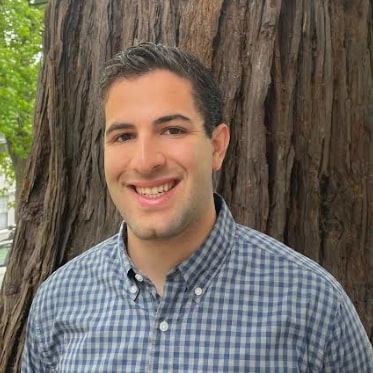Matthew Bilotta L&S Math & Physical Sciences
High Resolution Ditellurium Spectroscopy for Laser Locking
In modern atomic physics, it is necessary to have very stable frequencies of laser light. However, the stability of a laser will often deviate from the desired frequency due to noise in the laboratory environment. To combat these fluctuations and drifts, a variety of methods, such as frequency combs or optical cavities, are employed. However, these can be costly and/or more time-consuming to employ. Consequently, the use of atomic or molecular vapor cells provides stable references in compact and economical packages. The purpose of this project is to probe the electronic transitions of Ditellurium (Te2), and to use these transitions as a reference for laser frequency stabilization. Specifically, this research searches for transitions in Te2 occurring between 390 and 400 nanometers. This regime will become particularly useful in the coming years, as both trapped ion and Rydberg atom experiments often require such ultraviolet light. Through reaching the low-wavelength limit of ditellurium’s spectrum via high resolution spectroscopy, we can enable the use of this molecule for new applied atomic physics.
Message To Sponsor
I would like to express my sincere gratitude for your generous support in funding my research on tellurium spectroscopy this summer. Your investment in my education and development has not only provided me with valuable opportunities to enhance my scientific skills, but also allowed me to contribute to the advancement of knowledge in this field. I am honored and grateful to have received your support and will work hard to make the most of this opportunity.